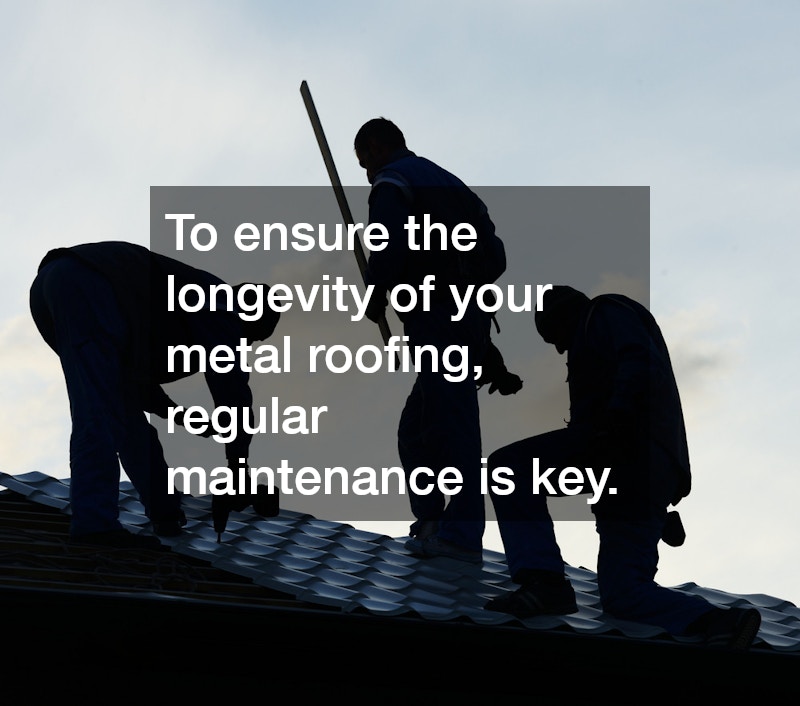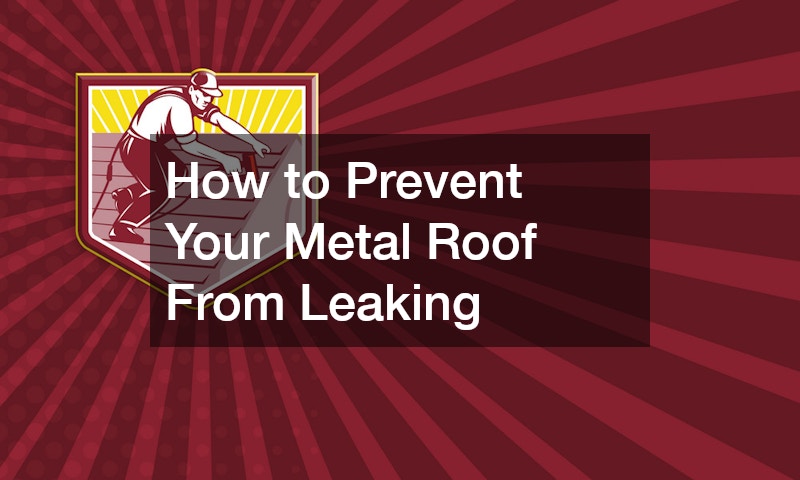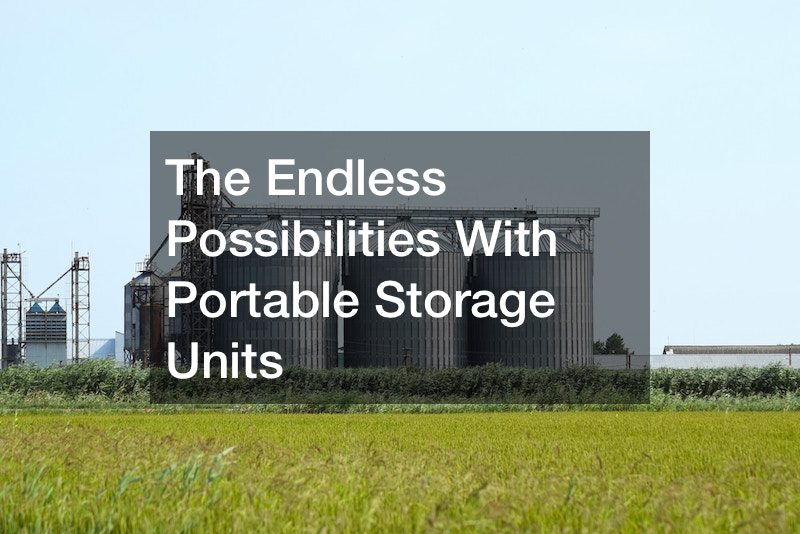
Metal roofing has become a popular choice for homeowners due to its durability and modern aesthetic appeal. However, like any other roof type, metal roofs are prone to developing leaks if not properly maintained or installed. In this article, we will explore several strategies that can help you prevent leaks in your metal roof.
Regular Maintenance and Inspections
To ensure the longevity of your metal roofing, regular maintenance is key. Scheduling routine inspections helps you catch minor issues before they escalate into major problems. This proactive approach can save you from unexpected expenses related to roof repairs or replacement. During inspections, you should particularly pay attention to any signs of corrosion, loose fasteners, and sealant degradation. Addressing these issues promptly will help keep your metal roof in prime condition.
Maintenance also involves cleaning your roof to remove any debris that could lead to moisture buildup and eventual leaks. Leaves, branches, and dirt can accumulate, blocking water flow and hastening corrosion. This debris can be removed using a soft-bristled broom or by the gentle spray of a hose. Ensure gutters and downspouts are clear as blockages here can lead to water overflow and damage to the roofing structure. Regular cleaning also provides an opportunity to inspect hidden areas that may require attention.
Another essential aspect of maintenance is addressing minor repairs immediately. Even small issues like peeling paint or tiny holes can develop into significant problems if ignored. Applying rust-resistant paint and suitable sealants where necessary will help protect your roof from the elements. For best results, always use products specifically designed for metal roofing to ensure compatibility and effectiveness. Keeping a vigilant maintenance routine is key to extending the life of your metal roof and preventing leaks.
Proper Installation Techniques
The effectiveness of your metal roofing against leaks starts with correct installation. Hiring professional roofers who have experience with metal roofs ensures your installation will be carried out with precision and expertise. An improperly installed roof increases the risk of leaks, as even minor lapses during installation can create vulnerabilities. Optimal placement of seams and correct handling of flashing are crucial in preventing water from seeping under the roofing material. Professionals are also well-versed in local building codes and requirements, ensuring your roof meets all necessary standards.
Ensuring your metal roofing is correctly fastened is another vital facet of a proper installation. The roof’s ability to resist leaks depends on the correct type and number of fasteners being used, as well as their precise placement. Over time, fasteners can loosen due to roof expansion and contraction caused by temperature changes, necessitating periodic inspections. Using high-quality fasteners that are designed for metal roofs can minimize risks and extend the roof’s durability. Moreover, washers and fasteners should be checked regularly to ensure they do not become potential leak points.
Importantly, the installation of adequate underlayment protects the roof from any potential water infiltration. This is the initial line of defense against moisture that might penetrate due to roof surface damage. A high-quality underlayment works hand-in-hand with the metal panels to provide a watertight barrier, ensuring rainwater does not get through to the building’s interior. The underlayment must be installed uniformly and without gaps that could compromise its effectiveness. Attention to detail during installation reaps long-term benefits by minimizing the risk of leaks.
Using High-Quality Roofing Materials
Investing in quality materials from the onset is a significant step toward preventing leaks in your metal roofing. High-grade metal panels resist corrosion and retain their structural integrity better than lower-grade options. They are more robust in withstanding weather extremes such as heavy rain, snow, and wind, thus offering better protection against leaks. Choosing metals with protective coatings can further enhance their resistance to wear and tear. Opt for materials tested for longevity and ones that come with thorough warranties to cover potential material defects.
The use of premium sealants and fasteners is another crucial consideration. High-quality sealants effectively bond metal seams, creating an impermeable barrier against water intrusion. Similarly, fasteners that are made from robust materials reduce the chance of rust and degradation, which can otherwise create leaks. Investing in these supplementary materials may incur additional initial costs but will save you money in future repair work. Quality materials also boost the overall aesthetic appeal and investment value of your property.
Pay attention to the compatibility of all materials to prevent adverse reactions that could degrade your roofing system. Not all metal roof components work well with each other, and mismatched materials can lead to galvanic corrosion. This occurs when different metals interact under damp conditions, accelerating corrosion and leading to leaks. Perform thorough research or consult with experts to ensure every component of your metal roofing is compatible. With the right materials and proper installation, your metal roof will effectively protect your home for many years.




